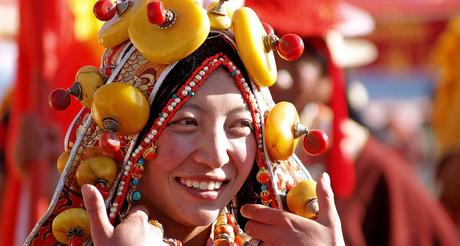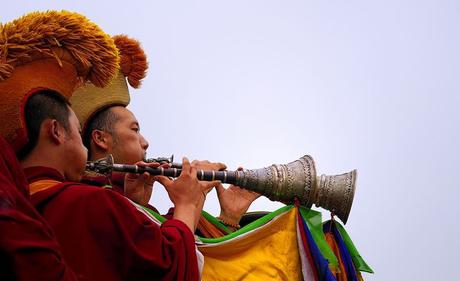The Chinese army invaded Tibet in 1949. After an abortive national rebellion against Chinese rule in 1959, His Holiness the Dalai Lama, Tibet’s head of state and spiritual leader, and some 80,000 Tibetans fled their country into exile. By 1997, this number had reached 130,000. By the mid 1980s, over 1.2 million Tibetans died of starvation, forced labor and execution; thousands of Tibetans were imprisoned and tortured for their beliefs; and all but a handful of Tibet’s 6,000 monasteries were destroyed. Tibet has the richness and the depth of its traditions that is deep rooted in its cultural heritage. The wisdom, the knowledge about life, compassion, tolerance and peace of mind, all contribute in making the culture of Tibet.

The simplicity of life, the spirituality of minds and rich customs and traditions give a strong hold to this alpine region which is entirely bedecked with its holy charisma. Comes and experience this magical world of culture.In geological terms, the creation of the Himalayas and the rising of the Tibetan plateau are extremely recent events. The mountains originated less than four million years ago, making them among the youngest in the world. There are three distinct geographical regions in greater Tibet. By far the largest natural region is the Northern Plateau, or Chang Tang, which covers about half of Tibet’s total surface area and is delineated in the west by the great Karakoram range, in the north by the wall of the Astin Tagh, and in the northeast by the Nan Shan range. The chang tang has one of the worst climates on earth and therefore most of the part of this region is never visited by humans.

The second main geographical region of Tibet, the outer plateau is a relatively narrow strip, with the Himalayas forming the southern boundary. It is the most populous part of Tibet and contains almost all the major human settlements. The outer plateau differs from the northern plateau in several important ways. The temperature and climate are milder, and consequently there is a richer distribution of flora and fauna. The area around shigatse and the Lhasa valley are clear examples of this. Contrary to popular images of Tibet, Lhasa has a pleasant climate, with nearly all its rainfall occurring in the summer. For most of the year the weather is sunny and dry, mild during the day from April to October, and not unbearably cold in winter.
* Information on the traditional uses and properties of herbs/ animals/ yoga/ places are provided on this site is for educational use only, and is not intended as medical advice. all image credit goes to their Photographers.
